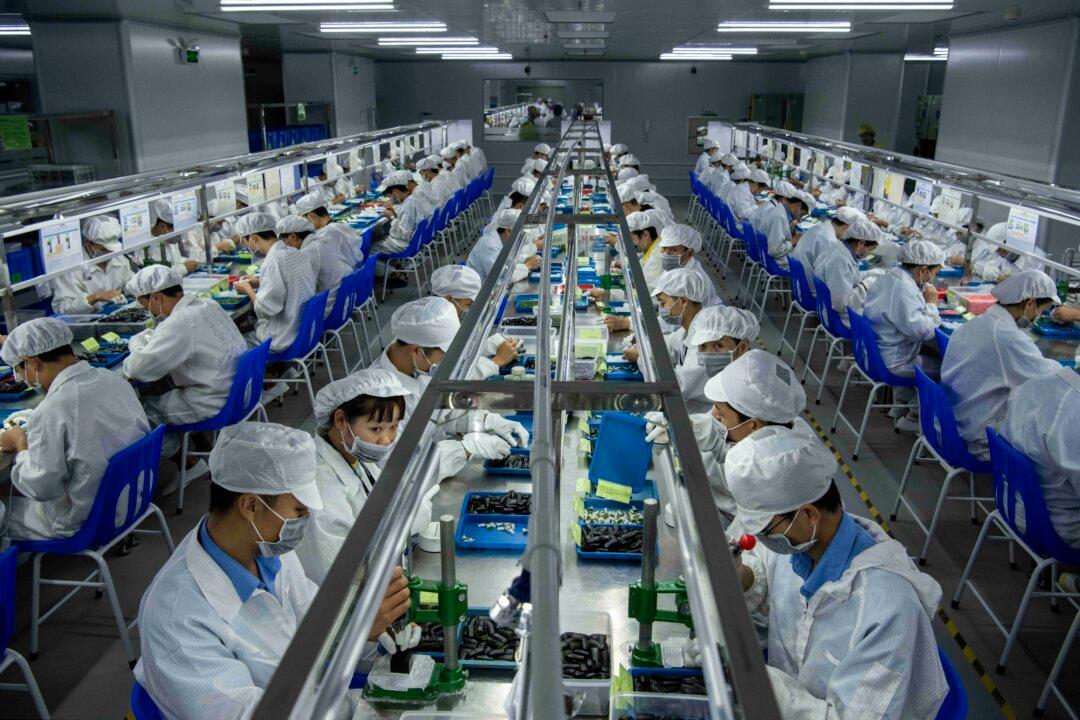Commentary
Good economic news has at last emerged in China. Some media sources have extended this news to declare that China has turned a corner. That is possible, but such declarations are likely getting way ahead of reality.

Good economic news has at last emerged in China. Some media sources have extended this news to declare that China has turned a corner. That is possible, but such declarations are likely getting way ahead of reality.